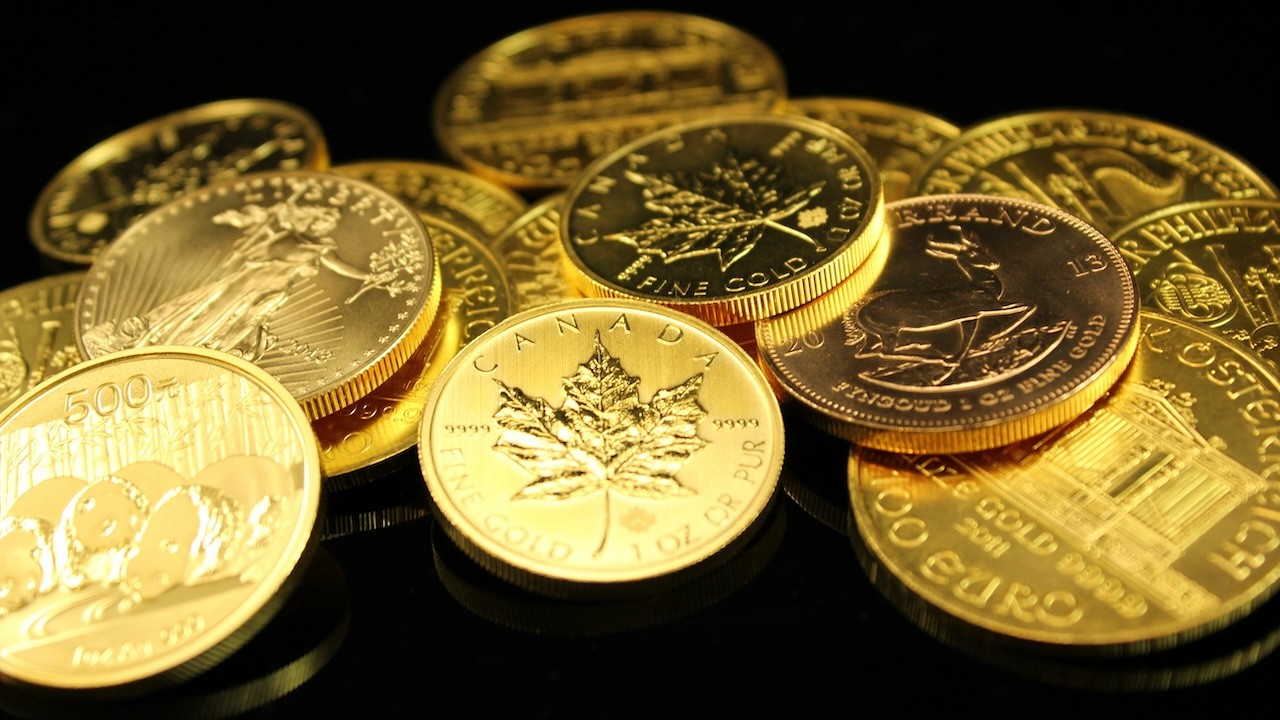(Mike Maharrey, Money Metals News Service) Trade policy and tariff news are driving the markets daily, but economist Thorsten Polliet says there are deeper economic risks in play that investors should consider.
“In this environment, as risks build, gold is an asset investors need to own.”
Polliet serves as an Honorary Professor of Economics at the University of Bayreuth and publisher of the Boom & Bust Report. He argues that the effects of decades of easy money are still playing out in the economy. It has incentivized reckless spending and an upward spiral of debt, along with waves of price inflation.
This has put the Federal Reserve between a rock and a hard place. Polliet notes that if the central bank holds interest rates steady to keep inflation at bay, it risks plunging the economy into a recession. If the Fed cuts rates in an effort to ease borrower pain, it elevates inflation risks.
Polliet compared it to a circus clown juggling balls.
“He starts with two, then someone throws him another. He manages that, and then another. Maybe he can juggle six balls, but at some point, one will come that he can’t handle—and everything will come crashing down.”
Polliet said investors need to hold gold to hedge against risk in this environment.
Since setting a record of $3,500 per ounce last month, gold has seen some selling pressure in recent weeks. Positive news on the trade war front has boosted investor risk sentiment.
Polliet noted the possibility of further price consolidation but emphasized that the upside potential remains firmly intact, and any dip in the gold price should be viewed as a buying opportunity. He specifically noted that central bank gold buying should continue to support the price and will likely keep a firm floor at $3,000 an ounce.
Central banks have been gobbling up gold in recent months as de-dollarization has accelerated. The weaponization of the dollar as a foreign policy tool and the weaponization of tariffs in trade negotiations have made many countries wary of holding dollar-denominated assets.
Official central bank gold demand topped 1,000 tonnes for the third straight year in 2024. To put that into perspective, central bank gold reserves increased by an average of just 473 tonnes annually between 2010 and 2021.
The deteriorating fiscal situation in the U.S. has increased wariness about holding U.S. debt. Moody’s recently put the national debt back in the headlines when it lowered the U.S. credit rating. Rising yields and a disappointing 20-year bond auction last week reflect growing investor unease about U.S. government debt.
Some people think the Federal Reserve can intervene with rate cuts and mitigate Uncle Sam’s interest problem. But the fact is, the Fed has little control over the long end of the yield curve. This was apparent when Treasury yields spiked even after the Fed cut rates last year.
The only thing the Fed can do is run quantitative easing (QE). In QE operations, the central bank buys U.S. Treasuries on the open market, creating additional demand. This typically drives yields lower. However, there is a downside. When running QE programs, the Fed buys bonds with money created out of thin air. This is, by definition, inflation.
Polliet noted that there is still plenty of room on the gold bandwagon. Asian investors have been the primary drivers of the recent gold rally, with many Americans still sitting on the sidelines.
“The narrative in this environment is that gold is trending up, and investors have an opportunity to optimize their portfolios to determine how gold could play a role.”
Mike Maharrey is a journalist and market analyst for Money Metals with over a decade of experience in precious metals. He holds a BS in accounting from the University of Kentucky and a BA in journalism from the University of South Florida.

